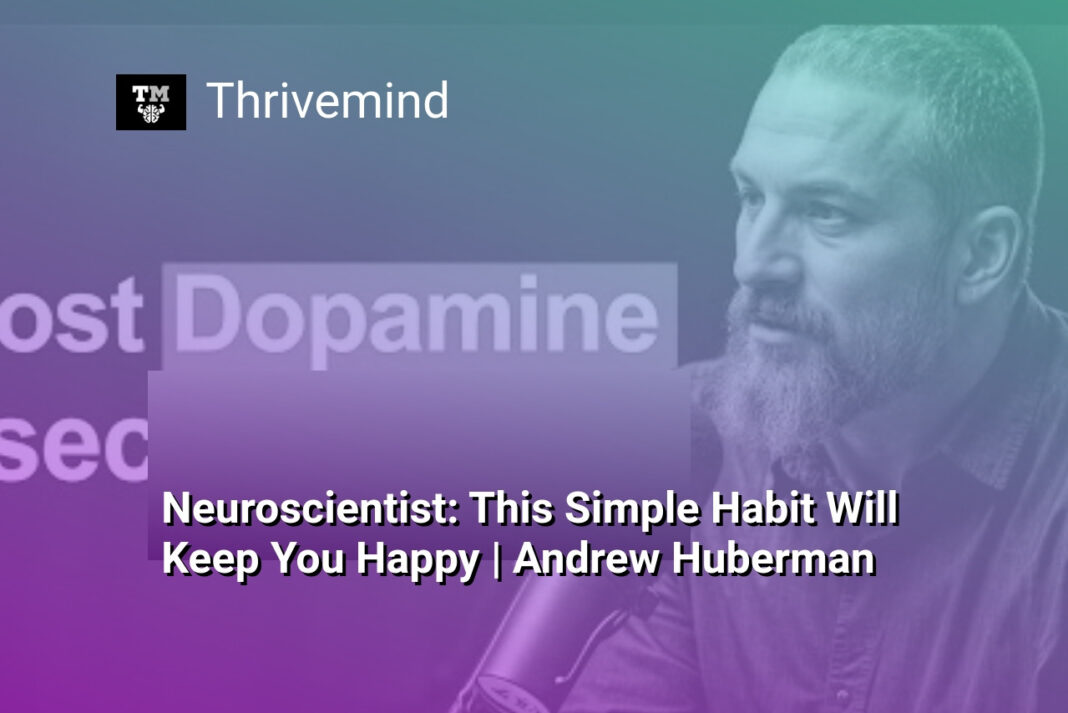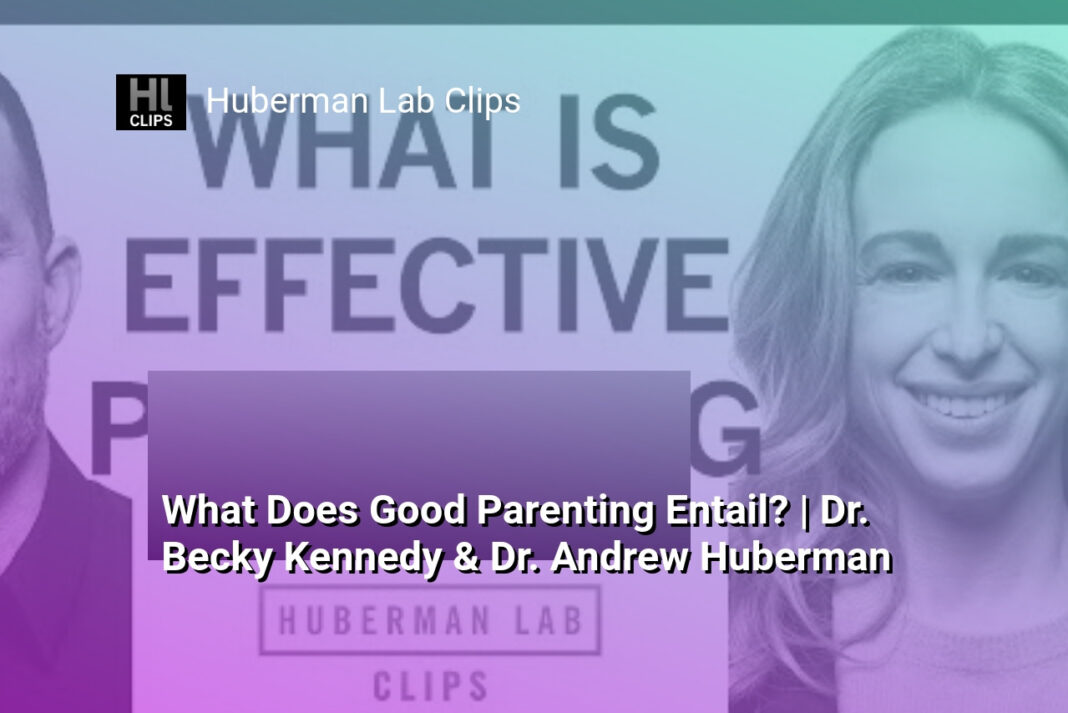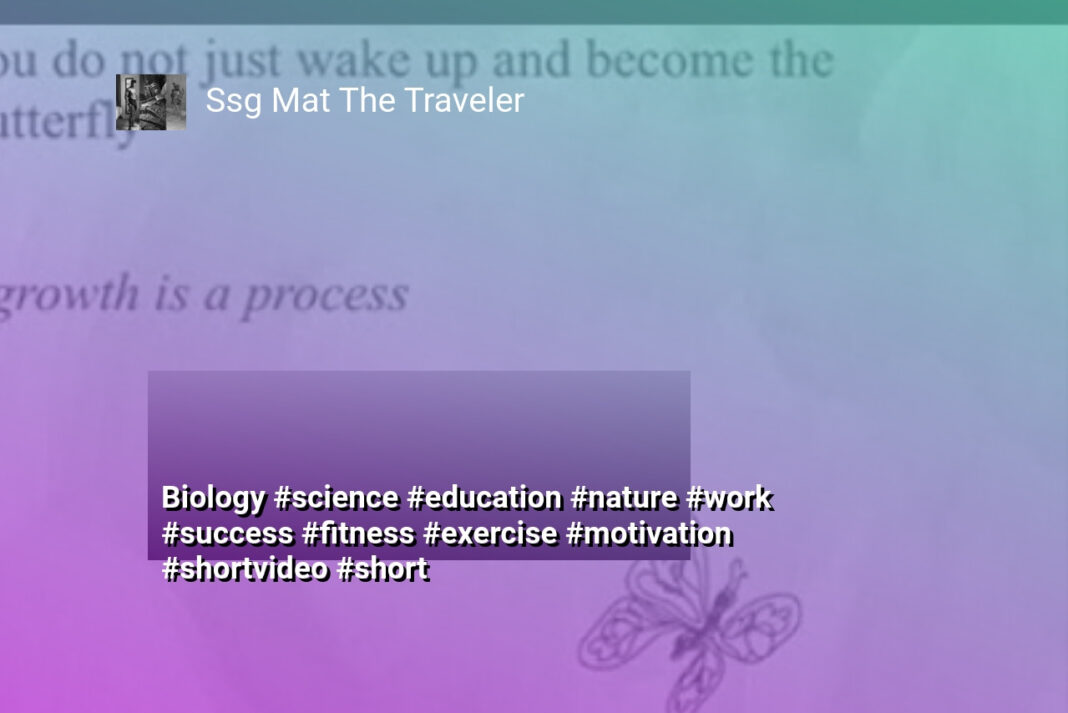The Bottom Line:
- The text highlights the importance of understanding dopamine as a motivator, rather than just a reward-seeking mechanism. It emphasizes that the pursuit and craving for new things is the true reward, not just the achievement of the goal.
- The text explains how dopamine works in the brain, and how it can lead to both positive and negative behaviors. It discusses the concept of “dopamine reward prediction error,” where the disappointment of an expected reward being less than anticipated can lead to decreased motivation.
- The text suggests that the key to maintaining motivation and productivity is to avoid associating the “big win” or celebration with the dopamine release, and instead to focus on the pursuit and craving as the true reward. This can help prevent the “post-partum depression” that often follows a major achievement.
- The text emphasizes the importance of allowing the dopamine system to reset and recharge, rather than immediately pursuing the next goal. This can help prevent the dopamine system from becoming stuck in a cycle of diminishing returns.
- The text concludes by stating that the capacity to tap into dopamine as a motivator is infinite, and that this understanding is key to building successful companies, podcasts, and other achievements.
The Dopamine Molecule: Motivation and Craving
Harnessing the Power of Dopamine: Motivation and Craving
The dopamine molecule is a crucial player in our pursuit of motivation and creativity. Contrary to the common belief that dopamine is solely associated with reward, recent neuroscientific findings suggest that it is more about the process of motivation and craving. When dopamine is released in the brain, it drives us to pursue, build, and create new things, rather than just seeking rewards.
The Dopamine-Motivation Connection
Dopamine acts as a “common currency” in the brain, serving as a way to gauge our progress and well-being. Whether it’s on a short-term scale, like waking up feeling good or low, or a long-term scale, such as halfway through a degree or life, dopamine release is a key indicator. By understanding how dopamine is released and how it influences our perspective and behavior, we can learn to work with it effectively.
The Pitfalls of Dopamine Imbalance
For individuals who struggle with motivation, the problem may lie in their dopamine imbalance. They may be getting just enough or even excess “sustenance” from activities like social media, video games, or food, leading to a mild opioid-like effect. This can result in a lack of motivation, as the pleasures they indulge in no longer evoke the same level of craving and motivation. It’s a delicate balance between the pursuit and the reward, as celebrating the win too much can set you up for failure in the future.
The key is to recognize the craving and motivation as the reward itself, rather than solely focusing on the end goal. By understanding the concept of dopamine reward prediction error, individuals can learn to adjust their celebration and response to achievements, allowing their dopamine system to reset and maintain a healthy balance. This approach can be applied to various domains of life, from academics to relationships, and can help individuals tap into their infinite capacity for motivation and creativity.
The Pursuit is the Reward: Balancing Celebration and Motivation
Harnessing the Power of Pursuit: Balancing Celebration and Motivation
The pursuit of goals and the attainment of rewards are intrinsically linked to the release of dopamine in the brain. However, the key to sustained motivation and creativity lies in understanding the nuanced relationship between these two elements. The common misconception is that the reward itself is the primary driver, but the latest research in neuroscience suggests that it is the pursuit, the craving, and the motivation that are the true rewards.
The Pursuit as the Reward
Dopamine, often referred to as the “feel-good” neurotransmitter, is not solely about the pleasure of the reward, but rather the anticipation and the drive to achieve it. When we set a goal and work towards it, the release of dopamine fuels our motivation and desire to keep pushing forward. This pursuit, this constant striving for something new, is where the true reward lies.
Balancing Celebration and Motivation3
The challenge lies in finding the right balance between celebrating the achievement and maintaining the motivation to continue pursuing new goals. Excessive celebration of a win can lead to a dopamine crash, where the anticipation and excitement of the pursuit are no longer as potent. This can result in a feeling of letdown and a decrease in motivation.
The key is to temper the celebration and focus on the process rather than the outcome. By recognizing the pursuit as the true reward, individuals can learn to savor the journey, the challenges, and the small victories along the way. This approach helps to sustain the dopamine-fueled motivation and prevents the cycle of boom and bust that can occur with excessive focus on the final destination.
Through this understanding, individuals can harness the power of dopamine to drive their creativity, productivity, and personal growth, while avoiding the pitfalls of dopamine addiction and the subsequent loss of motivation.
Dopamine Reward Prediction Error: Managing the Ups and Downs
Harnessing the Ebb and Flow of Dopamine
The pursuit of motivation and creativity is often fueled by the intricate dance of dopamine in our brains. Dopamine, the neurotransmitter associated with reward and pleasure, is not merely a source of gratification, but a powerful driver of our ambitions and aspirations. Understanding the nuances of dopamine’s role in this process is crucial for harnessing its potential.
The Dopamine Rollercoaster: Navigating Peaks and Valleys
Dopamine operates on a delicate balance, creating a cycle of anticipation, reward, and the inevitable comedown. When we experience a surge of dopamine, it propels us forward, fueling our drive to achieve our goals. However, the euphoric high is often followed by a dip, where we may feel a sense of letdown or dissatisfaction. This rollercoaster of emotions can be both exhilarating and challenging, as we strive to maintain a steady state of motivation.
Mastering the Dopamine Reward Prediction Error
One of the key concepts in understanding dopamine’s impact is the “reward prediction error.” This phenomenon occurs when our expectations of a reward are not met, leading to a decrease in dopamine levels and a corresponding drop in motivation. Navigating this delicate balance is crucial for sustained success and creativity. By learning to manage the peaks and valleys of dopamine, we can harness its power without succumbing to the pitfalls of over-reliance or burnout.
The key is to recognize the pursuit itself as the true reward, rather than solely focusing on the end goal. When we can celebrate the journey and temper our expectations of the final outcome, we can maintain a healthier relationship with dopamine and avoid the pitfalls of the reward prediction error. This approach allows us to tap into the endless well of motivation and creativity, fueling our passions and achievements without becoming beholden to the dopamine rollercoaster.
Resetting the Dopamine Scale: Embracing the Post-Reward Lull
Embracing the Post-Reward Lull
The pursuit of rewards and the associated dopamine release is a powerful motivator, driving us to achieve our goals and push the boundaries of our creativity. However, it’s crucial to understand that the true reward lies not just in the final outcome, but in the journey itself. The key is to learn to embrace the post-reward lull, the temporary period of decreased dopamine levels that often follows a significant accomplishment.
Resetting the Dopamine Scale
When we achieve a major goal, the resulting dopamine spike can be exhilarating, but it also sets us up for a potential letdown. The problem arises when we attach too much significance to the reward itself, rather than the pursuit that led us there. This can lead to a cycle of constantly seeking the next “high,” often at the expense of our long-term well-being and motivation.
Navigating the Ebb and Flow
To break this cycle, it’s important to recognize the natural ebb and flow of dopamine levels. After a peak, there is often a period of decreased motivation and interest, a “post-reward lull.” Instead of immediately rushing to the next pursuit, it’s important to allow this lull to occur, understanding that it is a necessary part of the process. By embracing this period of relative calm, we can reset our dopamine scale and prepare ourselves for the next cycle of motivation and creativity.
During the post-reward lull, it’s important to resist the temptation to immediately seek out new dopamine-inducing activities. Instead, take time to reflect, recharge, and allow your brain to recalibrate. This may involve engaging in relaxing activities, spending time in nature, or simply allowing yourself to be present in the moment without the pressure of constant goal-chasing.
By learning to navigate the ebb and flow of dopamine, we can cultivate a more sustainable and fulfilling approach to motivation and creativity. The pursuit itself becomes the true reward, and the occasional lulls become opportunities for growth, reflection, and renewal. This understanding can unlock our full potential, allowing us to consistently tap into the power of dopamine without becoming beholden to its peaks and valleys.
Tapping into Infinite Motivation: The Power of Seeking
Harnessing the Endless Pursuit: Embracing the Thrill of the Chase
The power of seeking lies in the very nature of dopamine, the neurotransmitter that fuels our motivation and drives us to pursue new goals. Contrary to the common perception that dopamine is solely associated with reward, the latest research in neuroscience reveals that it is more about the craving and anticipation of achieving something new.
Reframing the Reward: The Joy of the Journey
The key to tapping into this infinite well of motivation is to shift our perspective on what constitutes a “reward.” Instead of fixating on the end goal, we must learn to savor the thrill of the chase itself. The pursuit, the relentless drive to create, build, and explore, is where the true reward lies. By recognizing that the journey is the true payoff, we can avoid the pitfalls of dopamine depletion and the subsequent loss of motivation.
Mastering the Ebb and Flow: Navigating the Ups and Downs
However, this pursuit of dopamine-fueled motivation is not without its challenges. The natural ebb and flow of our emotional states can lead to periods of heightened excitement and productivity, followed by moments of lethargy and disinterest. The key is to embrace this cycle, understanding that the “post-reward” dip is a natural part of the process. By allowing ourselves to rest and recharge, we can reset the dopamine balance and reignite our passion for the next pursuit.
By embracing the endless pursuit of motivation and creativity, we unlock our true potential. It is not the finish line that defines our success, but the journey itself – the relentless drive to create, explore, and push the boundaries of what we can achieve.





